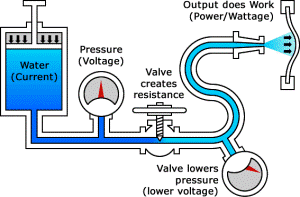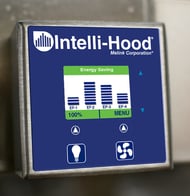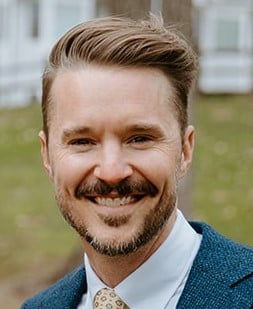The US electrical grid has come a long way in the last 140 years, since names like Edison, Tesla, and Westinghouse lit up our cities. No one could have predicted how electricity would shape our industries and how intracule it would be to our everyday. Thanks to good ole Teddy Roosevelt, electrical power was spread throughout the US with the Rural Electrification Act, that made electricity available to all. A quote that simply states “Mysterious affair, electricity” by Sam Beckett really sums up how most of us relate to this phenomenon of moving electrons and ions. Electricity is a humbling, silent workhorse. To understand the complexity of it can take a lifetime. My personal eureka moment was when I first learned the water hose analogy for explaining electricity, which if you are not privy to, I recommend Googling that one.

Electrification of America 2.0
The Electrification of America in today’s terms has a new meaning. The US has set lofty goals on reaching net-zero carbon emissions by 2050 to combat the climate crisis. The Department of Energy (DOE) has concluded a two-year study of the supply-side implications of rapid deployment of renewable energy in the US power system to accommodate the influx of electrical usage. Feel free to nerd out on this technical report HERE.
This study answered these five questions:
- What end-use electric technologies are available for the highest energy-consuming services today, and how might the technologies advance over time?
- How might widespread electrification impact national and regional electricity demand and consumption patterns?
- How would the U.S. electricity system need to transform to meet changes in demand from an electrified economy?
- What role might demand-side flexibility play to support reliable operations of a clean electricity grid?
- What are potential costs, benefits and impacts of mass electrification?
Problem:
While NREL (National Renewable Energy Laboratory) has conducted extensive research on the supply-side, implications of rapid deployment of renewable energy in the US power system has not yet studied the demand side. This is where things get interesting. If we are moving to a more electrified future how do we possibly meet that demand?
A U.S. Department of Energy study found that increased electrification across all sectors of the economy could boost national consumption by as much as 38% by 2050, in large part because of electric vehicles. This type of demand is going to take major innovations to accommodate such an increase.
Solution:
Buildings sector accounts for about 76% of electricity use and eat up 40% of all US energy consumption. Now that is a chunk of energy we can really focus on. Other than the building envelope improvements and lighting, we need to take a holistic look at how we introduce systems at the commercial building level. I’m talking about space conditioning equipment, ventilation, and air quality, and integrated system controls to bring it all together.
 One area I’d like to focus on is commercial kitchens. Specifically, a product that significantly reduces the electrical load in commercial kitchens and that will be a piece of that puzzle on reducing demand side electricity. Intelli-Hood by Melink Corporation is a DCKV (demand control kitchen ventilation) control system that helps reduce exhaust and supply needs in commercial kitchens, find more info HERE. This is one of those innovative systems that will be a layer on the reduction of demand side electricity.
One area I’d like to focus on is commercial kitchens. Specifically, a product that significantly reduces the electrical load in commercial kitchens and that will be a piece of that puzzle on reducing demand side electricity. Intelli-Hood by Melink Corporation is a DCKV (demand control kitchen ventilation) control system that helps reduce exhaust and supply needs in commercial kitchens, find more info HERE. This is one of those innovative systems that will be a layer on the reduction of demand side electricity.
For 30 years, Melink has been helping energy managers like you break the full-speed habit while reducing the cost of operating kitchens. If you want to be a part of the 2050 goal, this is your chance. At Melink Corporation, we're here to change the world one building at a time. Why not your building?
TODAY to become more energy and cost efficient.

